Once upon a time, fairy tales were the lifeblood of childhood a magical blend of morality and imagination. These timeless stories have been passed down through generations, enchanting young and old alike with their charismatic characters and valuable life lessons.
While classic fairy tales continue to be adored, there’s always room for new narratives that breathe fresh life into the genre. Whether you are an aspiring writer or just someone who loves dreaming up stories for your children, our curated list of fairy tale writing prompts and story ideas will help you invent your own realm of wonder. Let the magic unfold!
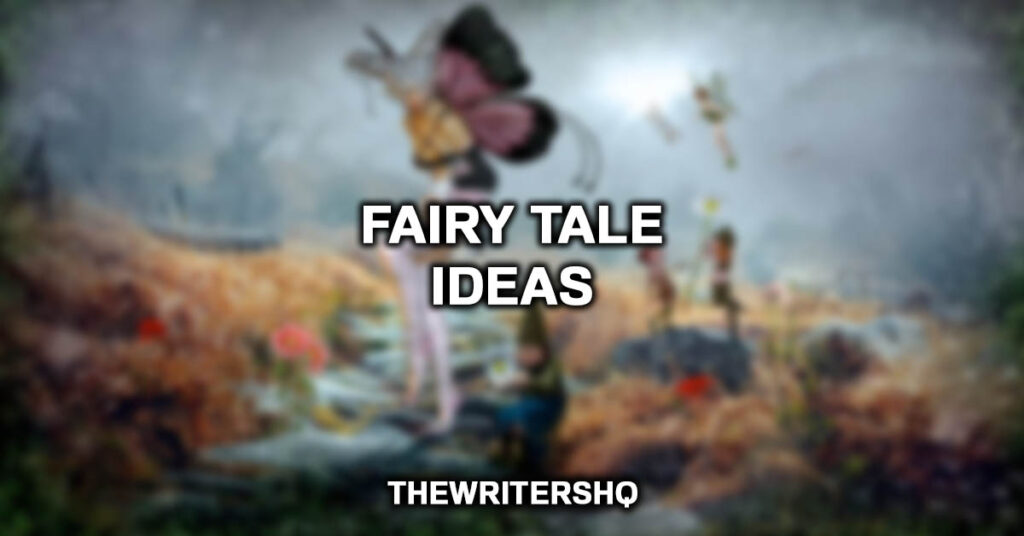
Fairy Tale Writing Prompts and Story Ideas
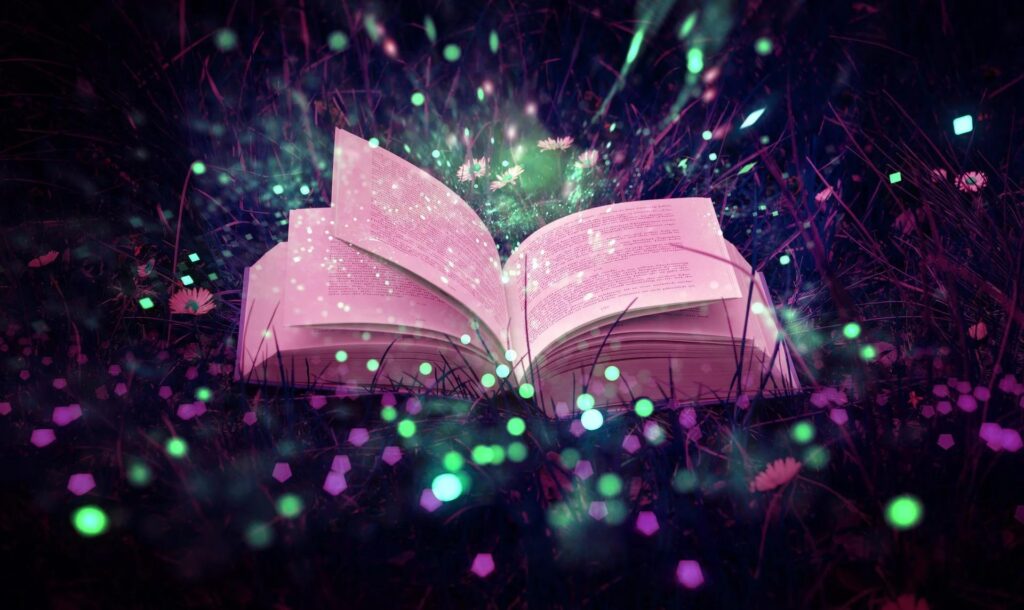
1. The Lost Kingdom of Light
In a realm where the sun never rises, a young princess discovers an ancient prophecy that says only she can bring light back to the kingdom. How does she embark on her quest, and what challenges does she face?
2. The Magical Paintbrush
A young artist in a small village discovers a paintbrush that brings to life anything he paints. What happens when the wrong people find out?
3. The Witch’s Apprentice
A young child is chosen to be the apprentice of a benevolent witch. What moral dilemmas and magical challenges do they face together?
4. A Tale of Twin Princes
Two princes one born with a heart of gold and the other with a heart of ice—are destined to rule the kingdom together. Can they overcome their differences to protect their realm?
5. The Forgetful Sorcerer
An elderly sorcerer starts to forget his spells, causing unexpected chaos. Who steps in to set things right, and what lessons are learned?
6. The Enchanted Forest’s Secret
Children in a village are warned never to enter a nearby forest said to be enchanted. One day, a brave child ventures in and uncovers its long-hidden secret.
7. The Clockwork Fairy
In a steampunk world, a clockmaker creates a mechanical fairy to help him with his work. The fairy, however, has dreams and aspirations of her own.
8. The Sea Serpent’s Gift
A fisherman saves a sea serpent and receives a magical item in return. How does this item change his life, and what consequences come with its power?
9. The Last Phoenix
In a world where mythical creatures are fading, a young girl discovers the last phoenix. Together, they go on a quest to bring mythical creatures back to life.
10. The Orchard of Truth
A magical orchard produces fruits that give the eater the ability to tell no lies. What happens when the fruits are stolen and used for evil?
11. The Dragon’s Best Friend
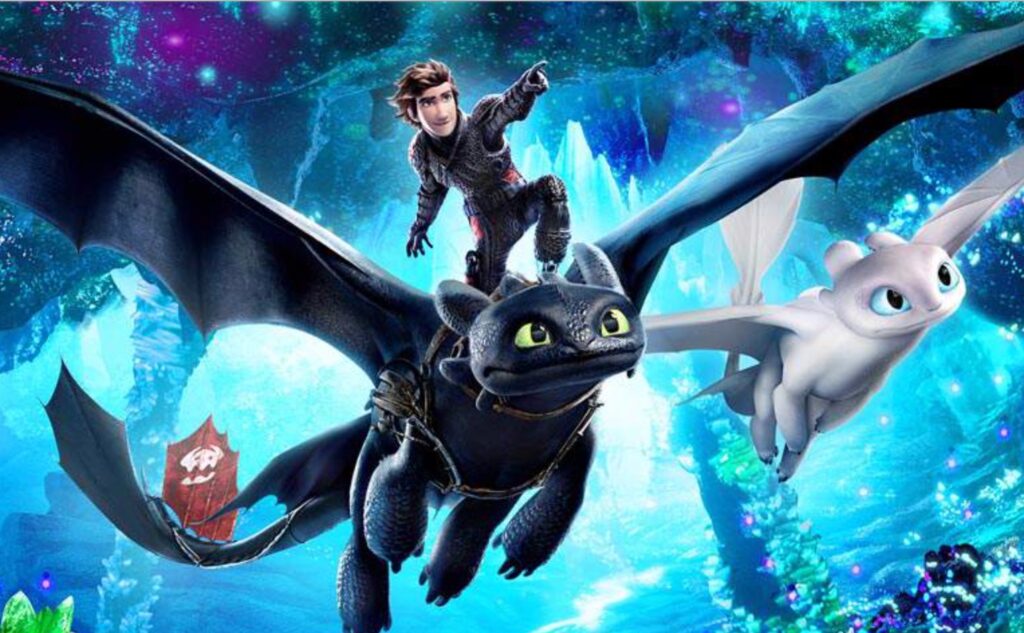
A young boy becomes friends with a dragon in a society where dragons are considered fearsome. How do they prove that friendship can conquer fear?
12. The Lonely Witch
A misunderstood witch uses her powers to keep people away. What—or who—makes her realize the value of community and friendship?
13. The Town That Never Slept
In a town where people have forgotten how to sleep, a young child embarks on a quest to find the Sandman and restore peace.
14. The Prince and The Pauper Reimagined
A prince and a pauper swap lives for a day. How does this experience change them and the kingdom?
15. The Quest for the Lost Melody
In a world without music, a young musician finds an ancient instrument that can restore music to the world. What trials must he undergo to achieve his mission?
16. The Invisible Kingdom
In a realm where an entire kingdom becomes invisible once a year for a day, what mischief and mysteries unfold? Who benefits, and who suffers from this magical occurrence?
17. The Cursed Mirror
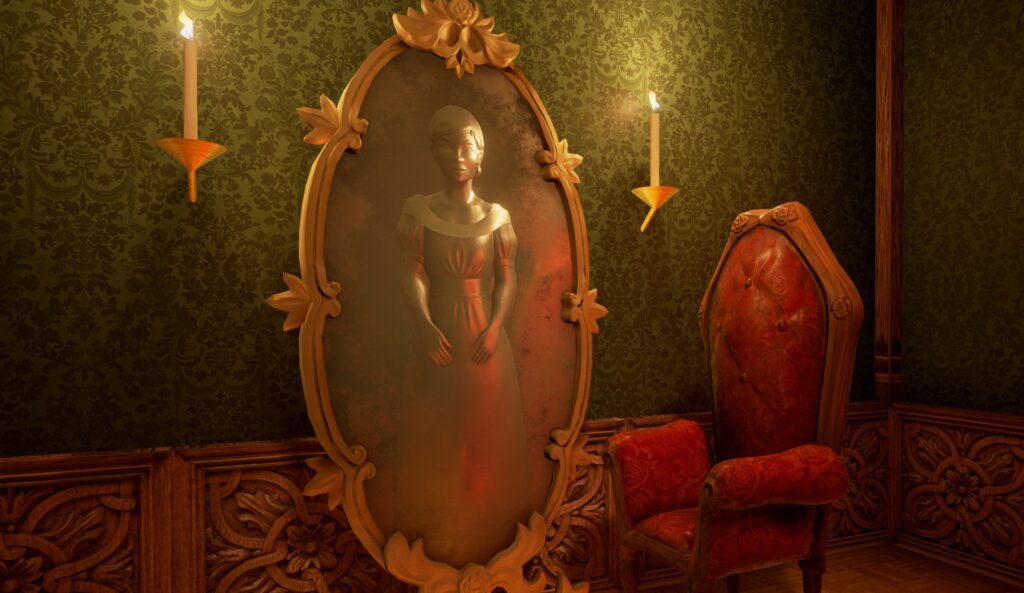
A magical mirror grants wishes but also reflects the darker aspects of one’s soul. What happens when a kind-hearted person with a tainted past becomes its keeper?
18. The Garden of Seasons
A magical garden changes with the seasons every day. A young child finds this garden and brings back fruits to cure their sick sibling. However, the garden’s keeper has a condition.
19. The Star-Crossed Fairies
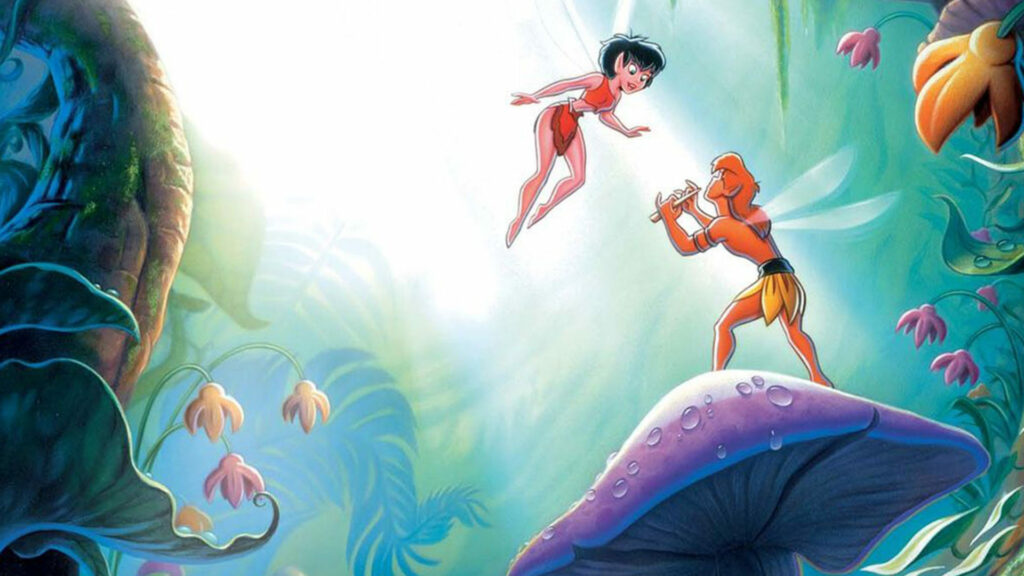
Two fairies from rival magical tribes fall in love. Can their love bring about peace, or will it cause more strife?
20. The Tale of the Floating City
A city that floats in the sky is a marvel to all who see it. However, it harbors a dark secret that only a daring adventurer can uncover.
21. The Merchant of Dreams
A mysterious merchant sells dreams to people in a sleepy village. Are these dreams a blessing or a curse?
22. The Wisest Fool
A fool in the king’s court is the only one who can see the spirit haunting the kingdom. Can his seemingly foolish ways solve the crisis?
23. The Three Grains of Rice
A humble farmer receives three magical grains of rice that can multiply into a bountiful harvest. What moral choices does he make when famine strikes the land?
24. The Unwilling Witch
A girl born into a family of powerful witches has no magical abilities. When a crisis looms over her community, she must find alternative ways to save the day.
25. The Clock That Stopped Time
In a small shop, there is a clock that can stop time for an hour once a year. Who finds it, and how do they use this extraordinary power?
26. The Tower of Illusions
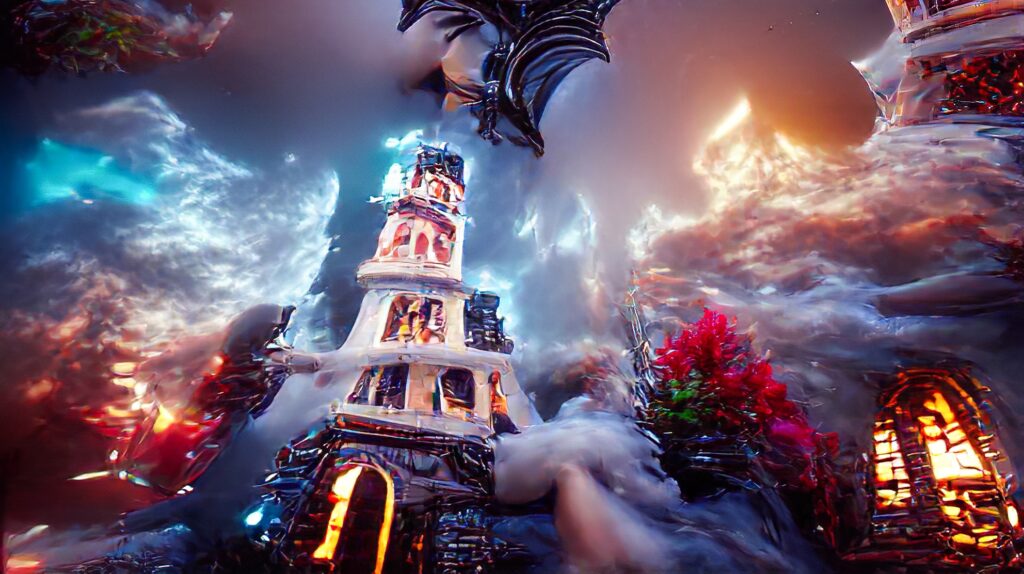
A tower that no one can reach is said to hold the key to eternal happiness. Several adventurers try and fail, but a simple villager with no illusions about themselves might be the key.
27. The Whispering Woods
A forest whispers secrets to those who walk its paths. What happens when the forest goes silent, and how does a local child solve the mystery?
28. The Royal Garden of Sorrows
A cursed royal garden only grows thorny bushes and sorrowful flowers. Can a commoner with a unique gift bring joy back to this sad place?
29. The Book of Forgotten Memories
A magical book contains the forgotten memories of everyone in the kingdom. What happens when it falls into the wrong hands?
30. The Cat with Nine Lives and Nine Tales
A mysterious cat visits a struggling writer and tells her a different fairy tale each night. On the ninth night, the writer realizes the tales are not just stories but lessons for her own life journey.
31. The Girl Who Wore the Moon
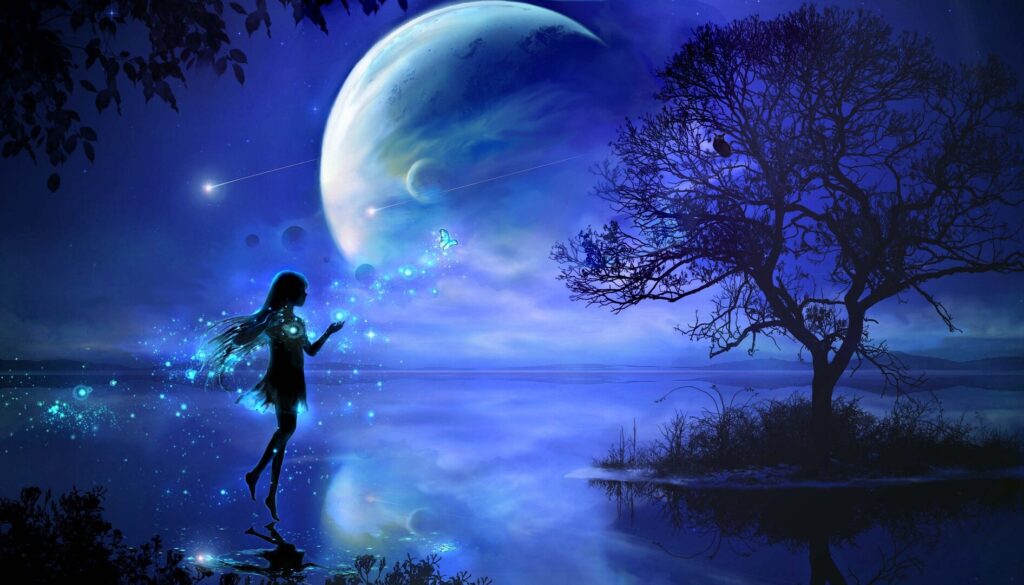
A young girl receives a cloak made of moonlight as a gift from her grandmother. What magical properties does it hold, and how does it change her life?
32. The Phantom Puppeteer
In a town where everyone is controlled by unseen puppeteers, one young child discovers they have no strings attached. Can they free the others?
33. The Enchanted Maze
An ever-changing labyrinth appears once a decade, promising untold riches but also perilous challenges. Who dares to enter, and what will they find?
34. The Silence Spell
A curse befalls a kingdom, making it impossible for anyone to speak. How does this affect relationships, and who can break the curse?
35. The Cursed Prince Turned to Stone
A prince is turned into a stone statue due to a curse. Years later, a young peasant girl discovers him. How can she turn him back, and what trials await her?
36. The Eternal Night
A realm exists where night lasts forever, illuminated only by the Northern Lights. What challenges do its inhabitants face, and is there a prophecy to bring back the day?
37. The Wishing Star
A star falls from the sky, granting wishes but with unpredictable outcomes. Who finds it, and what cascading series of events does it set off?
38. The Flower of Time
A rare flower blooms once in a lifetime and has the power to manipulate time. When picked, however, it affects not just one person but the entire world.
39. The Tree of Shadows
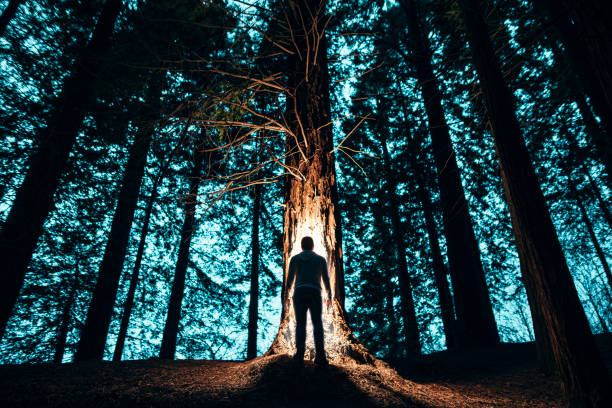
In a quiet village, a tree casts shadows of events yet to happen. What happens when the shadows stop, and the tree starts to die?
40. The Forbidden Library
A library filled with unwritten books exists, and whoever enters gets to write one book but can never leave. One day, a book appears written by someone who managed to leave. How?
41. The Well of Forgotten Songs
In a village, there is a well that contains all the forgotten songs in the world. When the well runs dry, a young musician embarks on a quest to refill it.
42. The Firebird’s Feather
A single feather from a mythical Firebird grants immense creative abilities but slowly consumes the user’s own life force. Is it a gift or a curse?
43. The Snow Queen’s Daughter
The daughter of the infamous Snow Queen tries to create her own identity, separate from her mother’s villainous legacy. How does she set out to redefine herself?
44. The Lake of Lost Souls
A mystical lake reflects the souls of those who look into it. What happens when someone dives in?
45. The Moonlit Ball
A grand ball happens once a year where both mortals and magical beings attend. What alliances and conflicts arise, especially when a forbidden romance blossoms?
46. The Circus of Forgotten Dreams
A mysterious circus appears in town, and it’s filled with acts that are too good to be true. Little do people know, the circus feeds on the forgotten dreams of its audience.
47. The Island of Endless Summer
An island where it’s always summer seems like a paradise until the inhabitants realize they can never leave. What dark secret does the island hold?
48. The Door at the End of the Earth
A door exists at the end of the Earth that is said to lead to another universe. An explorer finds it, but is the grass really greener on the other side?
49. The Map of Lost Things
A magical map shows the location of everything that has ever been lost. Who finds it, and what do they decide to reclaim?
50. The Mountain That Whispers
A mountain speaks to a young child in their dreams, telling them they are the chosen one to uncover its hidden treasure. But the mountain has its own agenda.
The canvas is vast and the colors limitless when it comes to the enchanting world of fairy tales. So take your pen, or your keyboard, and dive into the magic. Who knows? Your story might be the next classic that will be told for generations to come. Happy storytelling!
One-word fairy tale prompts
One-word prompts can offer an intriguing launchpad for your fairy tale imagination. Here are some to consider:
- Moonlight
- Transformation
- Quest
- Mirror
- Thorn
- Enchantment
- Whimsy
- Betrayal
- Oracle
- Harvest
- Midnight
- Silence
- Elixir
- Labyrinth
- Feather
- Ghost
- Rebellion
- Cursed
- Oasis
- Secrets
- Wanderer
- Heirloom
- Destiny
- Shadows
- Time
- Twins
- Veil
- Ocean
- Tower
- Garden
- Forest
- Music
- Rebirth
- Crown
- Serpent
- Sorrow
- Jester
- Wish
- Alchemy
- Ice
- Dream
- Map
- Portal
- Clock
- Eclipse
- Maze
- Star
- Illusion
- Ring
- Storm
Expert Tip: Each of these single-word prompts holds the kernel of a potentially expansive and magical story. Let them act as your guide, and may your fairy tale journey be filled with creativity and wonder!
How do you come up with a fairy tale?
Creating a fairy tale can be a magical journey in itself. While traditional fairy tales often follow particular structures or themes, there are no hard and fast rules. You have the creative freedom to explore various elements, characters, and moral lessons. Here’s a guide to help you construct your own fairy tale:
- Decide on the Core Message or Moral
Before you start writing, think about what you want your audience to learn or feel. Fairy tales often come with a lesson or moral at the end. Knowing the moral beforehand can help guide the plot. - Create Your Characters
Classic fairy tales often include archetypical characters like the hero, the villain, the mentor, and the sidekick. You don’t have to stick to these, but it helps to outline who your characters are, what they want, and what stands in their way. - Establish the Setting
Whether it’s an enchanted forest, a far-off kingdom, or a magical alternate universe, the setting plays a crucial role. Decide on where your story takes place and how the setting itself might interact with the characters. - Choose Your Magical Elements
Magic is a crucial aspect of most fairy tales. Decide what kind of magic exists in your world, how it’s used, and what limitations it might have. These can include spells, enchanted objects, mythical creatures, or magical abilities. - Plot Out Your Story
Start thinking about the structure of your story. Many fairy tales use the “Three Act Structure” consisting of an introduction, a conflict, and a resolution.
Introduction: Introduce the characters, setting, and basic premise.
Conflict: The hero encounters a problem or challenge.
Resolution: The conflict is resolved, often with the hero learning a lesson or moral. - Add Twists and Trials
Insert challenges, riddles, or trials that the characters must overcome. Each obstacle should progressively challenge the characters and engage the reader. - Craft the Dialogue
Dialogue can provide insight into the characters and their motivations. It can also serve to move the plot forward and add humor or tension. - Write the Climax and Resolution
The climax is the most intense point where the conflict reaches its peak. It should be followed by the resolution, where loose ends are tied up, and the moral of the story is made clear. - Review and Revise
Once your draft is complete, take the time to review and revise. Make sure the plot flows smoothly, the characters are well-developed, and the language is clear and engaging. - Add Finishing Touches
The last step is to polish your fairy tale. You might want to add illustrative elements or consider how you can make it even more engaging with pacing or language choices. This is also the time to ensure your story conveys the moral or lesson you initially chose.
The best part about creating a fairy tale is sharing it. Whether it’s with family, friends, or a broader audience, the real magic often happens when your story is read and enjoyed by others.
Writing a fairy tale can be a rewarding experience, offering you a chance to explore both your creative imagination and your understanding of life’s complexities. So grab a notebook or open up a blank document and let your imagination run wild. Happy writing!
Most Popular Fairy Tale
The title of “most popular fairy tale” is difficult to quantify because popularity can be measured in various ways such as book sales, cultural impact, adaptations, etc.
However, certain stories like “Cinderella,” “Snow White,” “Beauty and the Beast,” and “Little Red Riding Hood” have gained widespread recognition and have been adapted into numerous forms, including movies, ballets, and operas. Among these, “Cinderella” could be considered one of the most popular, as it exists in various forms across multiple cultures, from the Chinese tale of “Yeh-Shen” to the Brothers Grimm’s version in Europe.
Oldest Fairy Tale
Determining the oldest fairy tale is tricky because oral traditions predate written records. However, some researchers suggest that the tale of “The Smith and the Devil” may be one of the oldest, dating back to the Bronze Age, around 6,000 years ago.
This story was identified using phylogenetic analyses, a method borrowed from biology to trace the origins and evolution of cultural artifacts, including myths and stories.
Another candidate often cited is “The Tale of Two Brothers,” an ancient Egyptian story that dates back to around 3200 years ago, although some debate whether it should be classified as a fairy tale or a folk tale.
There are many other ancient tales, some of which were first compiled in written collections like “One Thousand and One Nights” from the Islamic Golden Age, or the Hindu epics like the “Mahabharata” and “Ramayana,” which contain stories that could be classified as fairy tales.
So, while pinpointing the “most popular” or “oldest” fairy tale might be challenging due to various factors, these stories often mentioned are seminal in the world of fairy tales and storytelling.
What is the Significance of a Core Message or Moral in a Fairy Tale?
The core message or moral serves as the foundation upon which the entire story is built. It guides the plot, characters, and ultimately the resolution of the story. In traditional fairy tales, the moral lesson is often straightforward and provides social or ethical guidance.
It resonates with readers or listeners on a deep emotional level, and sometimes, the moral is what makes the tale timeless. The moral isn’t just a takeaway; it’s the lens through which the reader perceives the entire story, giving every twist and turn a sense of purpose and direction.
How Does Setting Influence a Fairy Tale’s Impact?
The setting of a fairy tale is much more than just a backdrop; it’s often a character in its own right. Whether it’s an enchanted forest that holds mystical secrets or a castle with endless corridors, the setting serves to elevate the story’s atmosphere, themes, and challenges.
The environmental elements often interact with characters, driving them to make decisions or take specific paths. The setting can mirror the internal struggles of characters or serve as a contrast to them, adding layers of complexity to the tale. A well-crafted setting enhances the reader’s immersion and adds richness to the narrative.
Why is the Three-Act Structure So Common in Fairy Tales?
The Three-Act Structure is a storytelling template that lends itself well to the brief yet impactful nature of fairy tales. This structure is straightforward enough to be accessible to children while providing enough depth to engage adults.
The introduction sets the stage and introduces the key elements; the conflict provides the central drama and excitement, and the resolution brings satisfying closure along with a moral lesson. The universality of this structure also allows for cultural variations and interpretations, making it a flexible framework for storytelling across different times and places.
What Role Do Side Characters Play in Fairy Tales?
While the protagonist and the villain often take the spotlight, side characters serve crucial functions in the narrative. They can offer comic relief, symbolize specific virtues or vices, and even drive the plot forward in unexpected ways. Sometimes, they serve as the mouthpiece for the moral of the story, providing critical insights or aiding the hero on their journey.
In some instances, the side characters undergo their transformations or learn lessons, adding a layer of complexity and enriching the story by showing different perspectives.
What Makes Fairy Tales Universally Appealing?
The universal appeal of fairy tales lies in their ability to speak to basic human emotions, challenges, and desires. Whether it’s the quest for true love, the battle against evil, or the pursuit of a better life, fairy tales tap into themes that resonate across cultures and generations.
These stories often feature archetypical characters and situations, making them instantly recognizable and relatable.
Expert Tip: The moral lessons are usually simple yet profound, addressing universal truths about courage, kindness, and wisdom that are relevant to both children and adults.
How Have Fairy Tales Evolved Over Time?
Fairy tales have undergone significant changes over the years, reflecting societal attitudes, norms, and expectations. Earlier versions of these stories, such as those collected by the Brothers Grimm, were often darker and filled with grim moral lessons.
As societal values changed, so did the tales, becoming more child-friendly and often incorporating more progressive ideals. Nowadays, there’s a trend toward subverting traditional fairy tale tropes, providing new angles and contemporary messages while maintaining their timeless appeal.
This adaptability ensures that fairy tales continue to evolve and remain relevant across different eras.
Can Fairy Tales be More than Just Entertainment?
Absolutely, fairy tales are not merely forms of entertainment but are, in many ways, educational tools. They introduce children to the concept of storytelling, broaden their vocabulary, and stimulate their imagination. More subtly, they provide insights into human psychology and social behavior.
They offer a safe space to explore complex themes like good versus evil, right versus wrong, and the consequences of one’s actions. They can even act as cultural and historical markers, providing insights into the values and norms of the society from which they originated.
Conclusion
Fairy tales, those magical narratives that have stood the test of time, are more than just quaint relics of a bygone era. They serve as windows into our collective psyche, reflecting our deepest fears, aspirations, and moral convictions. They’re not just for children they’re for anyone who dares to dream, to wonder, and to ponder life’s great mysteries.
From the intricacies of their construction to their enduring appeal, fairy tales offer a wealth of lessons not just about storytelling but also about ourselves. As we continue to craft and share these wondrous tales, we participate in an age-old tradition that celebrates the richness and complexity of the human experience.
